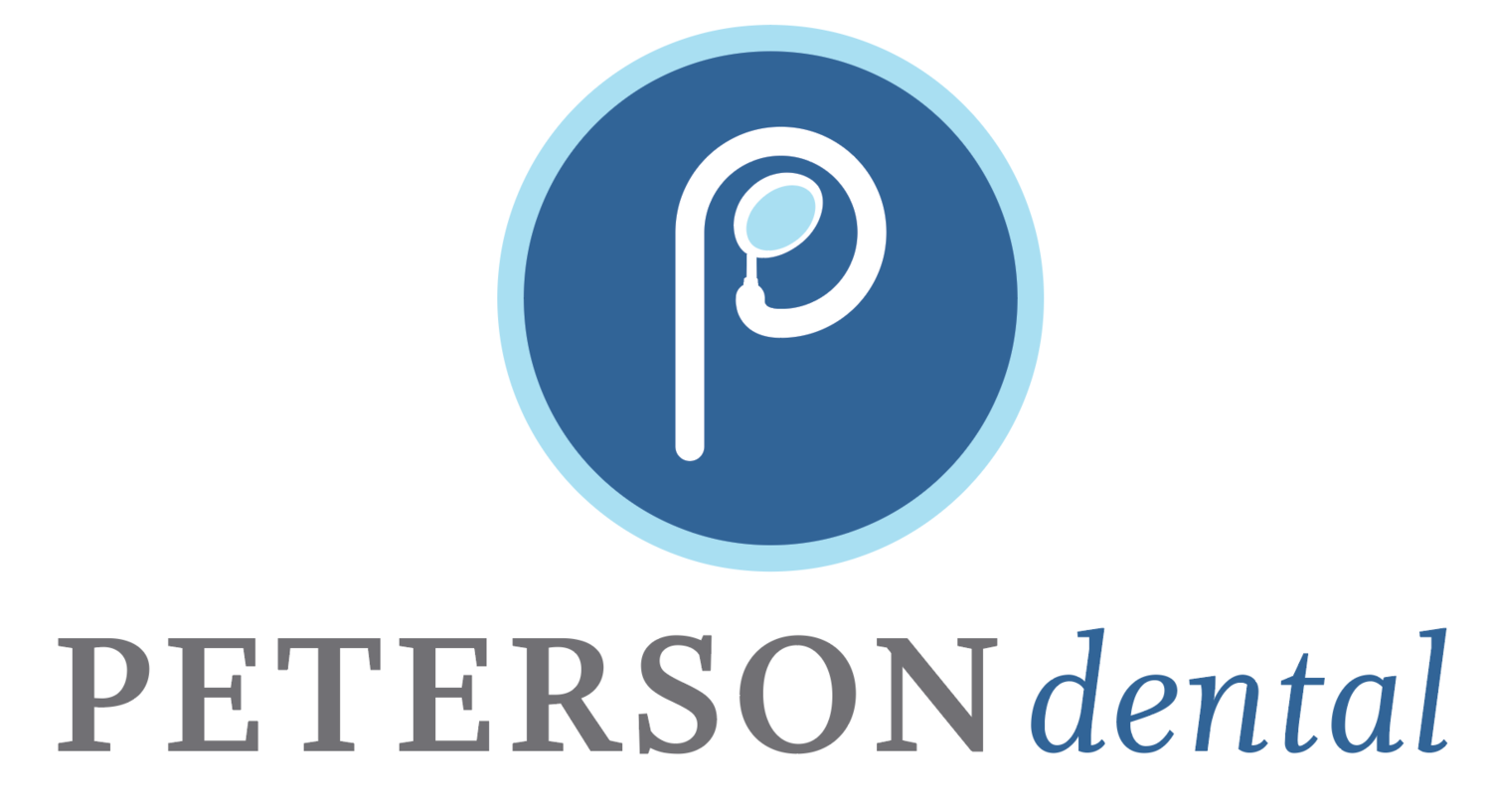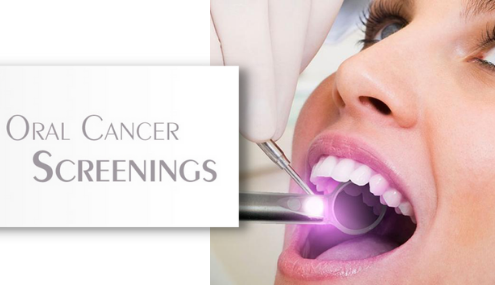Dental Terms A-E
A
Abutment: A tooth or implant used to support a prosthesis. A crown unit used as part of a fixed bridge.
Abscess: A localized inflammation due to a collection of pus in the bone or soft tissue usually caused by an infection.
Amalgam: A dental filling material, composed of mercury and other minerals, used to fill decayed teeth.
Alveoloplasty: A surgical procedure used to recontour the supporting bone structures in preparation of a complete or partial denture.
Anesthetic: A class of drugs that eliminated of reduces pain. See local anesthetic.
Anterior: Refers to the teeth and tissues located towards the front of the mouth (upper or lower incisors and canines).
Apex: The tip end of a root.
Apexification: A method of inducing apical closure, or the continual apical development of the root of an incompletely formed tooth, in which the pulp is no longer vital.
B
Bicuspid: A two-cuspid tooth found between the molar and the cuspid also known as an eye tooth or canine tooth.
Biopsy: A process of removing tissue to determine the existence of pathology.
Bitewing x-ray: X-rays taken of the crowns of teeth to check for decay.
Bleaching: The technique of applying a chemical agent, usually hydrogen peroxide, to the teeth to whiten them.
Bonding: A process to chemically etch the tooth’s enamel to better attach (bond) composite filling material, veneers, or plastic/acrylic.
Bone loss: The breakdown and loss of the bone that supports the teeth, usually caused by infection or long-term occlusal (chewing areas of the teeth) stress.
Bridge: A fixed prosthetic replacement of one or more missing teeth cemented or attached to the abutment teeth or implant abutments adjacent to the space.
Bruxism: The involuntary clenching or grinding of the teeth.
C
Calculus: The hard deposit of mineralized plaque that forms on the crown and/or root of the tooth. Also referred to as tartar.
Canine tooth: The second tooth from the big front tooth, commonly called the eye tooth.
Cantilever Extension: Part of a fixed prosthesis that is supported at one end only.
Cap: Another term for crown; usually referring to a crown for a front tooth.
Caries: The correct technical term for decay which is the progressive breaking down or dissolving of tooth structure, caused by the acid produced when bacteria digest sugars.
Cavity: A layman’s term for decay. Also, the dental term for the hale that is left after the decay has been removed.
Cement: A special type of glue used to hold a crown in it’s place. It also acts as an insulator to protect the tooth’s nerve.
Cementum: The very thin, bonelike structure that covers the root of the tooth.
Clenching: The forceful holding together of the upper and lower teeth, which places stress on the ligaments that hold the teeth to the jawbone and the lower jaw to the skull.
Complex rehabilitation: The extensive dental restoration involving 6 or more units of crown and/or bridge in the same treatment plan. Using full crowns and/or fixed bridges which are cemented in place, that your dentist will rebuild natural teeth, fill in spaces where teeth are missing and establish conditions which allow each tooth to function in harmony with the occlusion (bite).
Composite: A tooth-colored filling made of plastic resin or porcelain.
Consultation: A diagnostic service provided by a dentist other than the treating dentist.
Cosmetic dentistry: Any dental treatment or repair that is solely rendered to improve the appearance of the teeth or mouth.
Crown: The portion of a tooth that is covered by enamel. Also a dental restoration that covers the entire tooth and restores it to its original shape.
Crown lengthening: A surgical procedure exposing more of the tooth for restorative purposes.
Curettage: A deep scaling of that portion of the tooth below the gum line. Purpose is to remove calculus and infected gum tissue.
Cuspid: See canine tooth.
Cusp(s): The protruding portion(s) of a tooth’s chewing surface.
D
Decay: see caries
Deciduous: See primary teeth
Dental Floss: A thin, nylon string, waxed or unwaxed, that is inserted between the teeth to remove food and plaque.
Dental hygienist: A dental professional specializing in cleaning the teeth by removing plaque, calculus, and diseased gum tissue. He/She acts as the patients guide in establishing a proper oral hygiene program.
Dentin: The part of the tooth that is under both the enamel which covers the crown and the cementum which covers the root.
Dentition: The teeth in the dental arch.
Denture: A removable appliance used to replace teeth. A complete denture replaces all of the upper teeth and/or all the lower teeth.
DDS/DMD: Doctor of Dental Surgery or DDS, Doctor of Dental Medicine or DMD. Degrees given to dental school graduates. Both degrees are the same. Particular dental schools identify at their discretion their graduates as DMD or DDS.
Diastema: A space, such as one between two adjacent teeth in the same dental arch.
Distal: Farther from any part of reference.
Direct pulp cap: The procedure in which the exposed pulp is covered with a dressing or cement that protects the pulp and promotes healing and repair.
Dry socket (osteitis): A localized inflammation of the tooth socket following an extraction due to infection of a blood clot.
E
Enamel: The hard, calcified (mineralized) portion of the tooth which covers the crown. Enamel is the hardest substance in the body.
Endodontics: The dental specialty that deals with injuries to or diseases of the pulp, or nerve, of the tooth.
Endodontist: A dentist who deals with the cause, prevention, diagnosis, and treatment or injuries and diseases that affect the dental pulp, tooth root, and periapical tissue.
Equilibration: (occlusal adjustment) the achievement of a balance between opposing teeth or forces by adjustive grinding of an interfering tooth structure during the functional stroke.
Extraction: The removal of a tooth.
Excision: Surgical removal of bone or tissue.
Extosis: The overgrowth of normal bone.
Extracoronal: The outside crown of the tooth.
Extraoral: The outside of the mouth.








